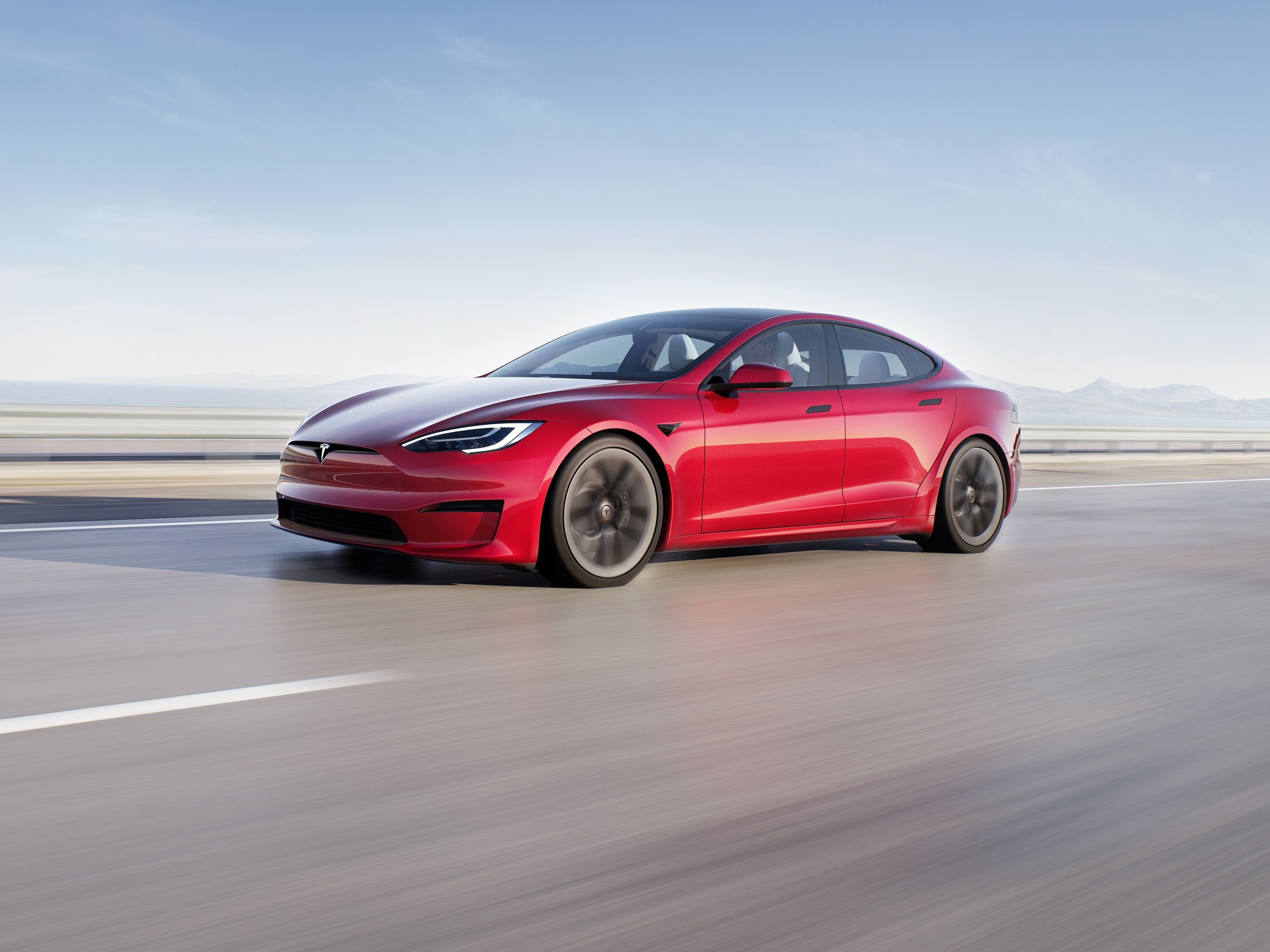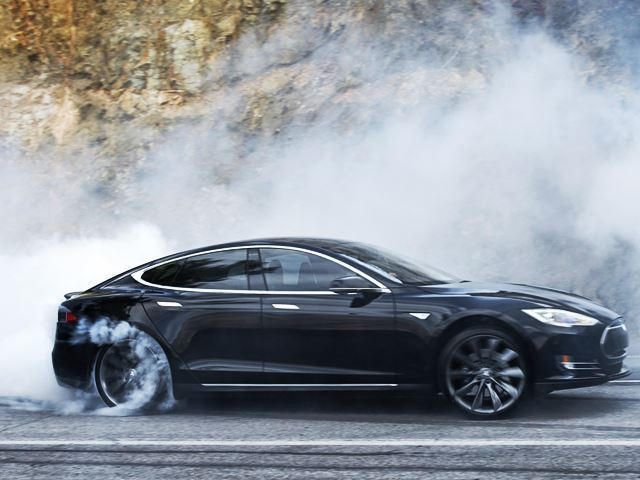
As gearheads, we spend a lot of time obsessing about horsepower numbers, torque figures, and how communicative a chassis is in any given car. Obviously, these things have a huge influence on how a car drives and whether or not it can put a smile on the face of an occupant or beat a competitor around the racetrack. But there's another piece of advanced automotive technology that plays almost as large of a role in the way a car feels as the power figure of its engine.
This part is thought about so little that most people don't know the sheer effort that goes into making it. Of course I am talking about the tire, a component so unloved that usually the rims get more attention than the actual piece of rubber that separates a two-ton machine hurling through space from a concrete wall and imminent death. When a legendary car is built, we like to picture engineers with noses buried in diagrams trying to figure out how to make a turbocharged engine more powerful or a carbon fiber monocoque more rigid. Unless your LinkedIn profile says "Michelin" or "Goodyear" under the employer section, the tire is only acknowledged when you get a flat or the low pressure light comes on.
Thing is, there is a lot more to a tire than rubber with a random array of numbers on it. Automakers and tire companies have a million things to think about when making a tire. The rubber and steel belts change the driving dynamics drastically, depending on everything from the heat of the tire to the expected weight load that it needs to bear. This is why cars like the Dodge Viper get a research and development budget of $1 million for the tires alone and why the Bugatti Veyron sports a set of $17,000 shoes. Like many components of a car it's tough to find a single design that will perform well in any given circumstance, so compromises are made. To make sticky track tires, durability is traded for grip ratings, which means faster lap times but quicker wear.
The opposite is true for a family car because the engineers know that it will never see a day on the track, so hard rubber compounds are used to help a tire soak up miles. Long road trips and countless commutes are then possible, but toss the car into a tight bend and the tire will give up its grip to preserve its life. Tire manufacturers had gotten the technique of making this trade-off down to a science, but the problem with the auto industry is that nothing ever stays the same. As government regulators called upon the car companies to wring out extra mpgs, tire manufacturers were called upon to help. In order to preserve fuel economy, rolling resistance is one of the most important factors that needs to be looked at.
As the name implies, rolling resistance is the amount of force that a tire encounters that resists it from rolling smoothly. Any extra bit of rolling resistance is something that the engine must overcome in order to keep the car moving, which in turn means more fuel is wasted. In the case of electric cars this also means that range is lost. To keep rolling resistance low, performance must be sacrificed. Flexibility in the rubber allows a tire to sag under the weight of the car, which increases resistance. To counter this, the tires on fuel-efficient cars use compounds that are more rigid. The problem with that, aside from the loss of grip, is that comfort is lost. In the case of electric vehicles, rigid tires also make more road noise which is not drowned out by a traditional gasoline engine.
Electric cars also have the advantage of instant torque delivery, which is good for drivers but poses more challenges to tire designers. To keep compromises low, automakers play with the hundreds of controllable variables in a tire. These include rubber compounds, arrangement of steel belts, tread patterns, and grove width. When things do go well, they end up with a tire that has plenty of grip, lessens road noise, increases range, and is durable enough for a daily drive, much like the Michelin Pilot Sport 2s that a Tesla Model S wears. As electric cars become more prevalent, we can expect strange concept tires to emerge left and right in attempts to improve the recipe even more. But for now we're pretty happy with the handling on the Model S.

